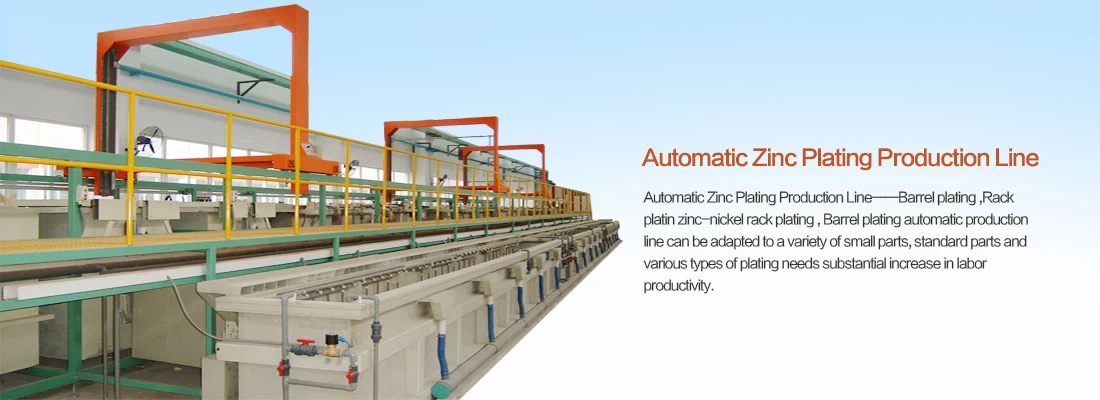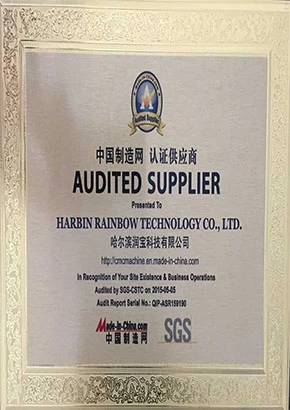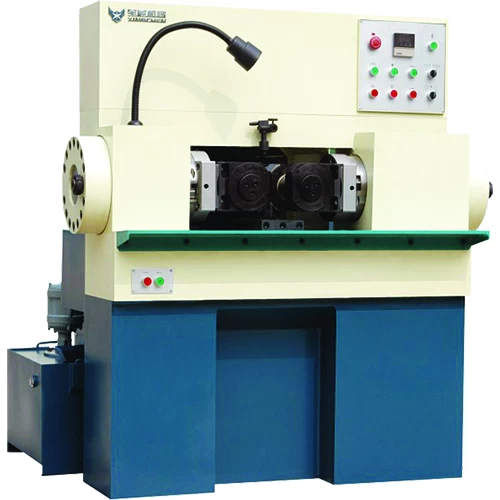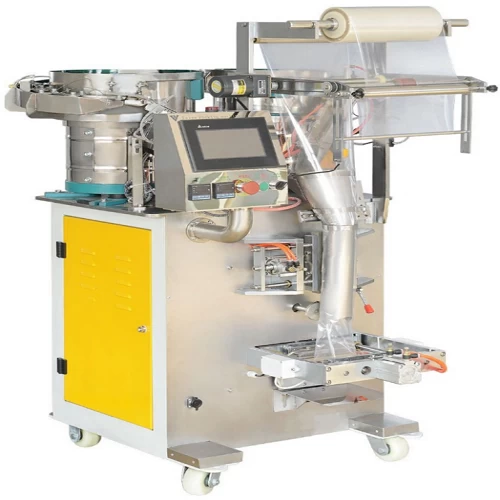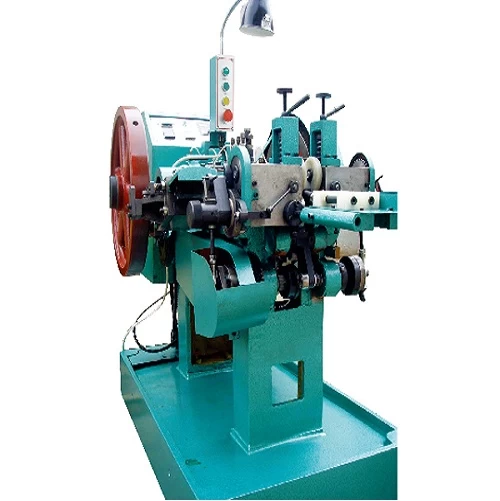High-strength fasteners common problems in the cleaning process
High-strength fastenersCleaning problems often manifested after the heat treatment of tempering, the main problem is not rinsed clean. Unreasonable because the fastener pile surface residual alkali, forming the surface rust and oil quenching alkali burns or improper selection of the fastener surface rust.
1, the pollution generated when rinsing
After quenching silicate fastener cleaning agent, then rinsed, the surface of the solid material XX, this was analyzed by infrared spectroscopy confirmed that the inorganic silicates and iron oxides. This is because not rinsed thoroughly due to the fastener surface residual silicate.
2, the fastener pile unreasonable
There are signs of discoloration after tempering fastener, soaked with ether, diethyl ether so that the volatiles found to leave an oily residue, high levels of these substances is a lipid composition. Description fasteners by rinsing of the cleaning agent and hardening of oil pollution Dye at the heat treatment temperature melts, leaving a chemical burn scars, these substances proved fastener surface is not clean. Analyzed by infrared spectroscopy, quenching oil is a mixture of the base oil and ether. Ether may quench oil from Tim Was added. Mesh belt furnace quenching oil analysis results confirmed: when the fastener is heated by piling unreasonable, fasteners quenching oil has slightly oxidized, but almost negligible, this phenomenon is associated with the cleaning process, rather than quenching oil The problem.
3, surface residues
White residue analyzed by infrared spectroscopy, proved to be a high-strength screw phosphide. No acidic cleaning agent, rinsing tank inspection and found that higher carbon solubility bath, the bath should be drained periodically, often to detect levels of lye rinsing tank.
4, alkali burns
High-strength screwHardening heat with a uniform black, flat black outer surface oil. But in the outer ring of orange XX visible region. In addition, there can be seen slightly bluish or reddish area. Raw bar and wire rod coated with phosphorus Film to facilitate cold heading and tapping, rinse directly without heat treatment, quenching oil cooling, an alkaline cleaning agent, dry (do not rinse), 550 ℃ tempered, hot-dip removed from the furnace rust oil, resulting in the screw tightening Pattern found at the red spots.
After the detector area is red screw alkali burns caused by alkaline cleaners containing chloride substance, calcium-containing compound during the heat treatment will burn the steel fasteners, fastener surface scarring.
Steel fasteners quenching oil alkaline substances can not be removed from the surface, resulting in a high temperature austenitic state surface burns, and aggravated damage on the tempering step. Recommendations are thoroughly cleaned and rinsed before the heat treatment of fasteners, fastener cause burns completely removed basic residues.
5, improper rinsing
For large-sized fasteners are often used in aqueous polymer solution hardening, before quenching with an alkaline cleaning agent and rinsed, after quenching rusted fasteners on the inside. Analyzed by infrared spectroscopy, it was confirmed in addition to iron In addition, there are the sodium, potassium and sulfur, the sticky inner fastener described alkaline cleaners, it may be potassium hydroxide, sodium carbonate or the like, to promote rusting. Fasteners rinsing check whether there is excessive pollution, but also often recommend Exchange rinsed with water. In addition, anti-rust agent added to the water is a good way.
6, excessive corrosion
High-strength fastenersOften see some black streaks in the experiments have also seen, have used inorganic and organic detergent rinse fastener heat treatment before or after quenching Aberdeen found before the heat treatment even closer still black stripes Fine cleaning will leave streaks after heat treatment. Surface residual contaminants analyzed by infrared spectroscopy, it was found higher concentrations of sulfur and calcium. With a small amount of acetic acid isopropyl alcohol, put a small piece of filter paper test Fold in force at spots Wipe the spots left on the filter paper. Infrared spectrometer analysis filter paper, confirmed that calcium, sulfur, iron, manganese and chromium is one of the main elements.
Rust in calcium and sulfur that the material is dried the quenching oil, but also in the evolution of process gas quenching substance. Because of excessive aging quenching oil, we recommend pouring old oil, add new oil, quenching oil and supervise the implementation of the process of maintenance over the entire process cycle.



